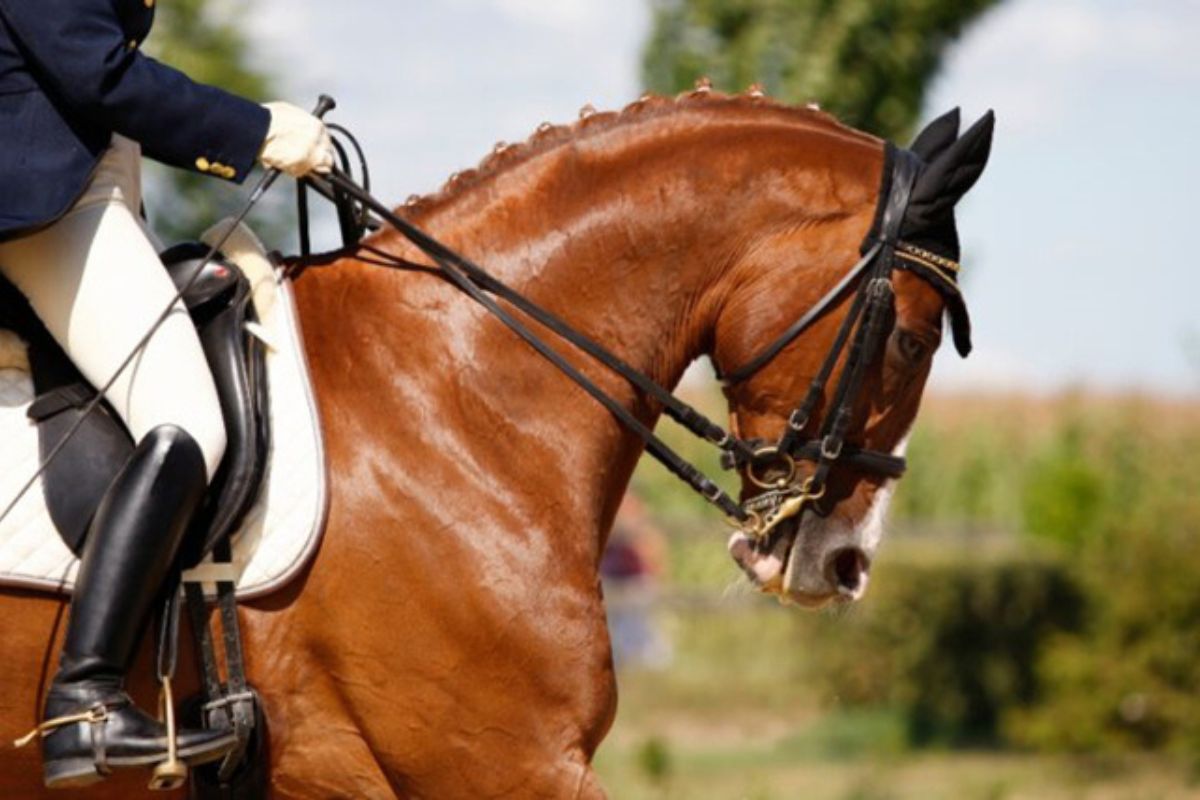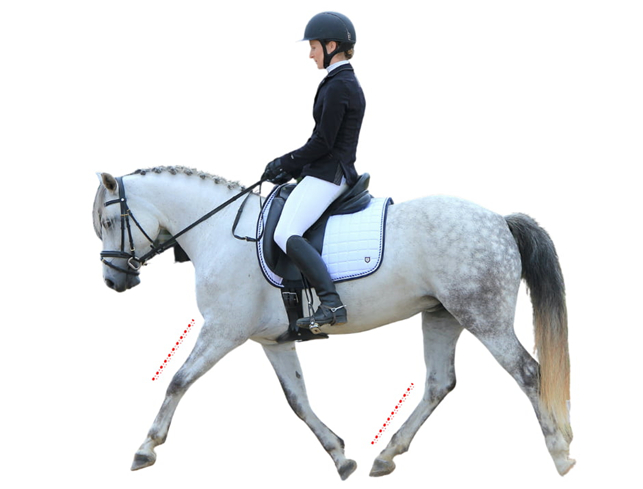Menu

Collecting the horse is a journey that begins as soon as we start training the horse. According to internationally recognized expert, Gillian Higgins, in order to achieve the correct collection, it is important to accept that you need patience, time and several years of training the horse's musculoskeletal system to get there. In other words, there are no shortcuts if you want to do it right.
According to Gillian Higgins, simply pulling the reins it is not an option when you want to achieve proper collection. The horse must be at a correct training level to be able to perform the exercise, as it requires a significant amount of strength and agility. A horse that is not at that level in terms of training simply cannot perform the exercise correctly. And in fact, it also has an increased risk of injuries to both muscles and ligaments.
Gillian Higgings is an internationally recognized expert in physical therapy for humans and horses. She runs the company Horses Inside Out, doing courses, workshops and lectures on the horse's anatomy and biomechanics. She is the author of several books on horse movement and anatomy as well as training from an anatomical perspective.
The position of the legs reveals the posture of the body. In short, the upper part of the front leg should be parallel to the lower part of the hind leg when the horse is moving. Then the body is in a healthy and balanced posture.

If the horse does not have enough strength and balance, it may tend to move inappropriately. The back may sag and the parallel line between the front and hind legs described above will be missing. The horse will eventually be challenged in its body because of inappropriate wear and tear on some structures in the body while others are used too little.
This horse will also have a hard time achieving proper collection for the simple reason that the body lacks int strength.
You may also like to read: Flatwork: The idea behind inside leg to outside rein
In collection, the center of gravity moves backwards. As part of this, the horse's stride becomes shorter, and the hindquarters are lowered. In order for the horse to be able to move correctly in the joint, it is required, among other things, that it activates the core muscles. It can only do so if these muscles are trained properly.
According to Gillian Higgins, there are several benefits to the collection, but also to a large extent to the training you do to accomplish it. The training towards the collection is particularly good for:
There are several exercises that are good for the journey towards the optimal collection.
Stepping backwards is not a very natural movement for the horse, but according to Gillian Higgins, the exercise is nothing short of ingenious if performed correctly. This exercise is where the horse takes long walk steps backwards with the head lowered tones the core muscles as well as lifts, rounds and strengthens the back. The exercise can be performed both from the ground and from the back.
Transitions optimize the horse's balance, stride length and gaits. Training of transitions also strengthens and flexes the horse's back and helps to build a strong core body in the horse.
Riding into the corners is a great way to train the horse's balance and shaping. In order for the horse to move well-balanced around a corner without losing speed or body control, it requires lots of training.
“Posture and Performance - Principles of Training Horses from the Anatomical Perspective” by Gillian Higgins